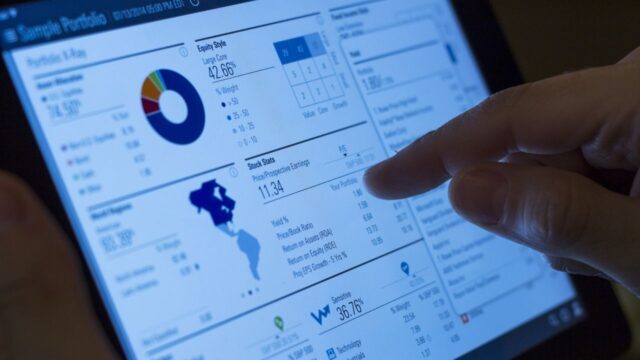
When trading on the stock market, it’s essential to understand the ins and outs of different trading strategies and techniques to make informed decisions. Two popular trading methods are portfolio margin and margin trading. Although these two might appear similar, there are significant differences between them that traders need to know before diving into the market.
This article aims to help traders understand the differences between portfolio margin and margin trading. By the end of the article, you’ll have a better understanding of which one is the most suitable for your trading strategy.
Definition of Portfolio Margin Trading.
Portfolio margin trading is a technique used for experienced traders that enable them to trade using leverage based on their portfolio’s overall risk rather than merely the value of individual securities traded. Portfolio margin trading accounts are governed by regulations set by the Securities and Exchange Commission (SEC) and Financial Industry Regulatory Authority (FINRA). Traders are required to have a minimum of $125,000 to qualify for a portfolio margin account.
Definition of Margin Trading.
Margin trading is another trading technique where traders borrow funds from their brokers to invest in securities. The funds act as collateral that enables them to leverage their securities’ value to take a larger position in securities and earn more profits. Margin traders are governed by the same SEC and FINRA regulations as portfolio margin traders. The minimum threshold required to open a margin trading account is $2,000.
The Key Differences between Portfolio Margin and Margin Trading.
The main difference between portfolio margin and margin trading is how leverage is calculated. Portfolio margin trading uses a dynamically calculated value that considers a comprehensive risk calculation of all the securities in a trader’s portfolio. In contrast, margin trading uses a static value based on the value of the securities being traded.
Risk Management.
One of the benefits of using portfolio margin is that it gives traders more flexibility to manage their risk profile. Because portfolio margin accounts are based on a comprehensive risk calculation, traders can offset their positions to balance out potential losses. Moreover, portfolio margin trading often offers lower margin requirements and cost of capital.
In contrast, margin trading is riskier, as traders can only offset their positions with the securities they’re trading. Moreover, because margin trading uses a static value to calculate leverage, it doesn’t take into account the entire risk profile of a trader’s portfolio, which could lead to significant losses.
Conclusion.
In conclusion, both portfolio margin and margin trading offer traders an opportunity to grow their wealth by trading on the stock market. However, traders must understand the differences between them to make informed decisions. Portfolio margin trading enables traders to manage their risk portfolio more efficiently, offers lower costs, and is suitable for experienced traders. In contrast, margin trading is riskier and often only suitable for day traders or traders with smaller portfolios.
When selecting which trading strategy is best for them, traders must consider their risk tolerance, portfolio size, and investment objectives. The stock market can be challenging, but with the right trading approach, traders can realize significant profits.


































